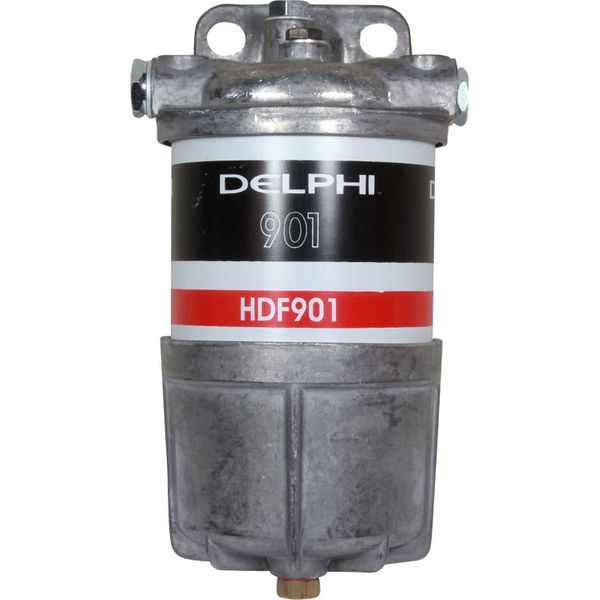ColourfulOwl
Member
This is my first winter of owning a boat, a Beneteau Oceanis clipper 361 with a Volvo Penta 2030. Towards the end of last year, around the start of December, I filled my diesel tank to the brim, but did not add any diesel bug treatment (wasn't really aware of it being an issue until recently). Over the last few months I've been trying to get out on the boat, even in the cold, but the sporadic wind has been making that a challenge, so the engine has only been run for a few hours since.
I'm conscious that she's now been sat for a little while with no real usage, and we've had some bitterly cold weather... With more to come, that could of created some of the dreaded condensation in the tank. I'm aware diesel bug maybe an issue, and before I start to use her again for the season, I definitely want to try and polish the diesel in the tank. Racor seems to be the go to, but at £250ish for the separator it's a bit of a large pill to swallow. I have found another diesel filter that does a similar thing on Amazon from a company called Katsu which seems to have glowing reviews and is only £45. Has anyone got any experience with this brand? Any other brands people can recommend?
Also, how do you install a diesel separator? Is it simply a case of taking the existing fuel line, into the separator, and running a new fuel line to the engine? Does it need it's own pump or would the pump on the engine suffice? I'm planning on putting this towards the front of the engine bay for ease of access of emptying the bowl and replacing filters, so the fuel line would be longer. I suppose I've just answered my own question there


I'm conscious that she's now been sat for a little while with no real usage, and we've had some bitterly cold weather... With more to come, that could of created some of the dreaded condensation in the tank. I'm aware diesel bug maybe an issue, and before I start to use her again for the season, I definitely want to try and polish the diesel in the tank. Racor seems to be the go to, but at £250ish for the separator it's a bit of a large pill to swallow. I have found another diesel filter that does a similar thing on Amazon from a company called Katsu which seems to have glowing reviews and is only £45. Has anyone got any experience with this brand? Any other brands people can recommend?
Also, how do you install a diesel separator? Is it simply a case of taking the existing fuel line, into the separator, and running a new fuel line to the engine? Does it need it's own pump or would the pump on the engine suffice? I'm planning on putting this towards the front of the engine bay for ease of access of emptying the bowl and replacing filters, so the fuel line would be longer. I suppose I've just answered my own question there

